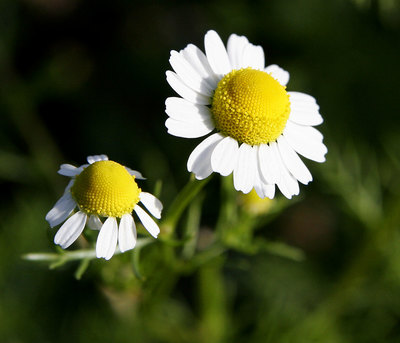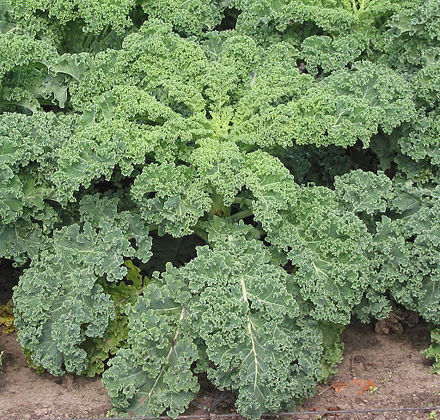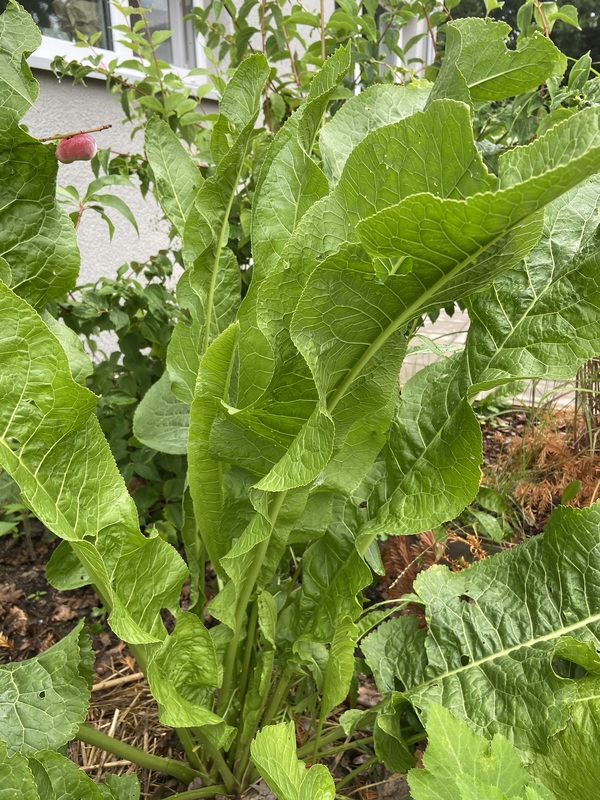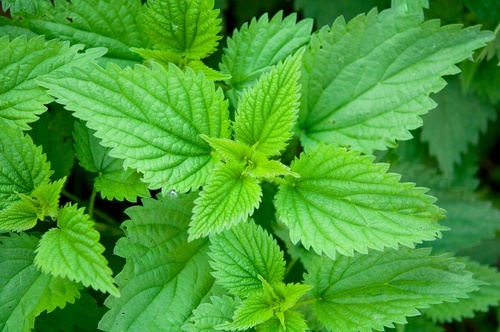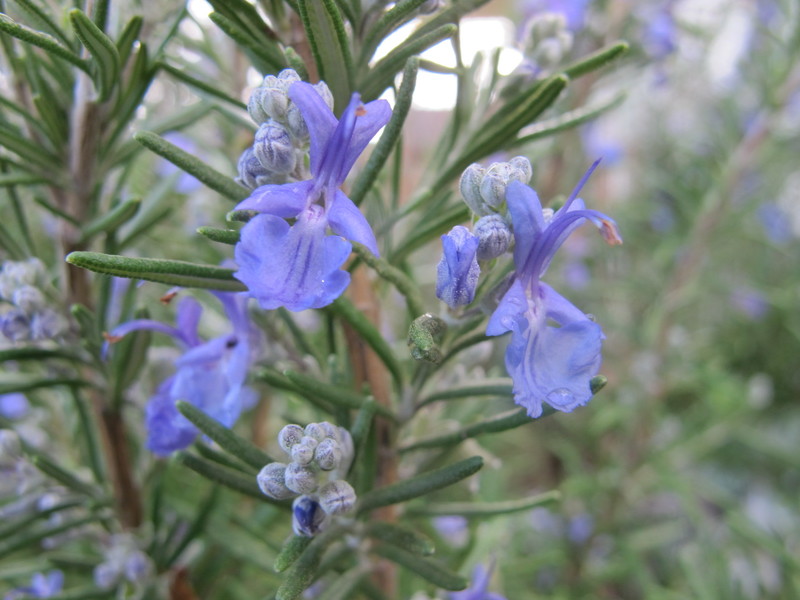Description
Roman chamomile (Chamaemelum nobile) is a low-growing perennial plant native to Western Europe. It has fine, feathery leaves and small, white, daisy-like flowers that have a mild, apple-like scent. The plant grows to a height of about 10-15 cm and spreads to about 30-45 cm. It grows slowly and can be differentiated from other plants by its fine leaves and apple-scented flowers.
Roman chamomile prefers well-drained soil and full sun to partial shade. It is a hardy plant that can tolerate cold temperatures, but it may go dormant in the winter. To cultivate it successfully, a grower may need to plant it in a location with plenty of sunlight and water it regularly.
Roman chamomile is edible and the flowers and leaves can be used to make tea. The flowers can also be used to add flavor to dishes and drinks. After harvest, the edible parts can be stored in an airtight container.
Roman chamomile has many uses. It has long been used medicinally to help with digestion and to promote relaxation. It is also used as a natural insect repellent and can be added to beauty products. The plant is also valued for its ability to attract pollinators and other beneficial insects to the garden.
